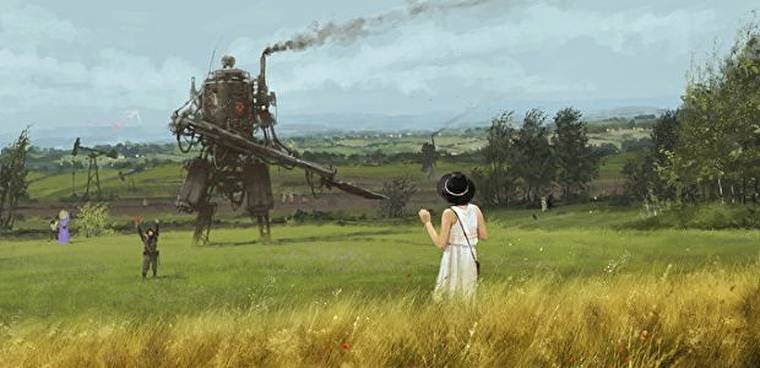Goblins
Small and nimble, I have never seen a people so suited for running letters.
-Unknown telegraph operator
Basic Information
Anatomy
A bipedal species, with a skeletal structure that no one would call 'robust'. Small 'tusk' like dental structures, like that of an orc, though much smaller.
High concentration of muscular development in the arms and hands.
Large ears (like that of a fennec fox). Highly mobile and responsive.
Genetics and Reproduction
The average goblin pregnancy consists of two to three children, which lasts for about six months.
Ecology and Habitats
Goblins generally prefer warm and hot climates, preferably places with lots of natural cover. Rocks, trees, tall grass, or anything else that stands taller than a goblin will do to alleviate a Goblins natural fear of open spaces.
Dietary Needs and Habits
Omnivorous, Goblins naturally scavenge for their food, making farming their go-to source of nutrition. Fruit found in trees is a longstanding preference for the species.
Biological Cycle
For the first two years of it's life, a goblin will remain in arms reach of the mother at all possible times. Generally speaking, they will ride on the back of their mother, or even clinging to their siblings in a reflex similar to the Rooting reflex found in newborn humans.
Once they reach the age of two, their grasping reflex starts to fade and they leave their mother's sides, often exploring their homes with unending curiosity, as children are want to do. From there, their development follows a Human Standard.
Additional Information
Perception and Sensory Capabilities
With eyesight worse than the Human Standard, Goblins rely on their large ears for their sense of hearing which is far higher than the Human Standard.


Comments